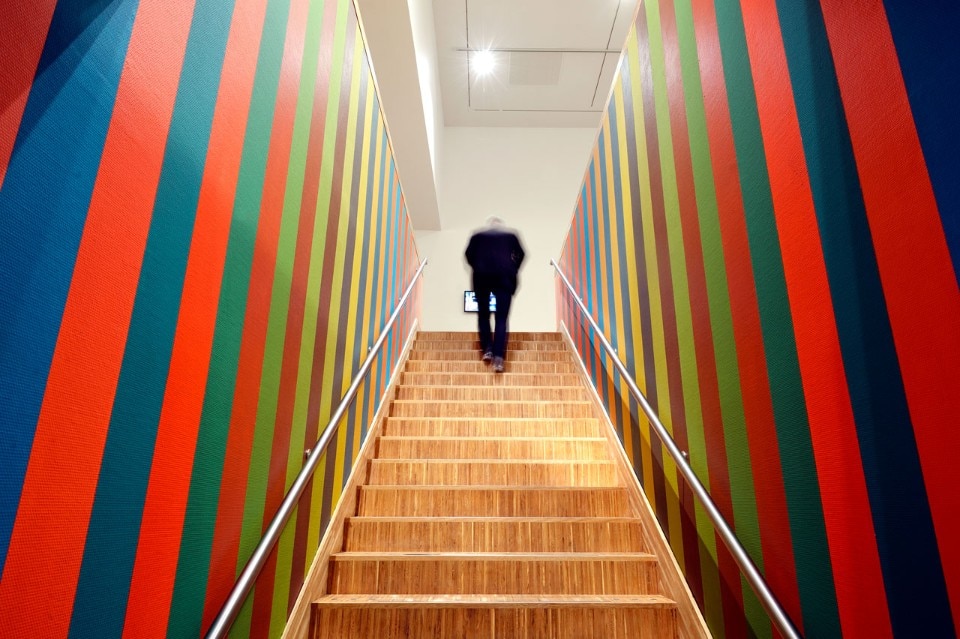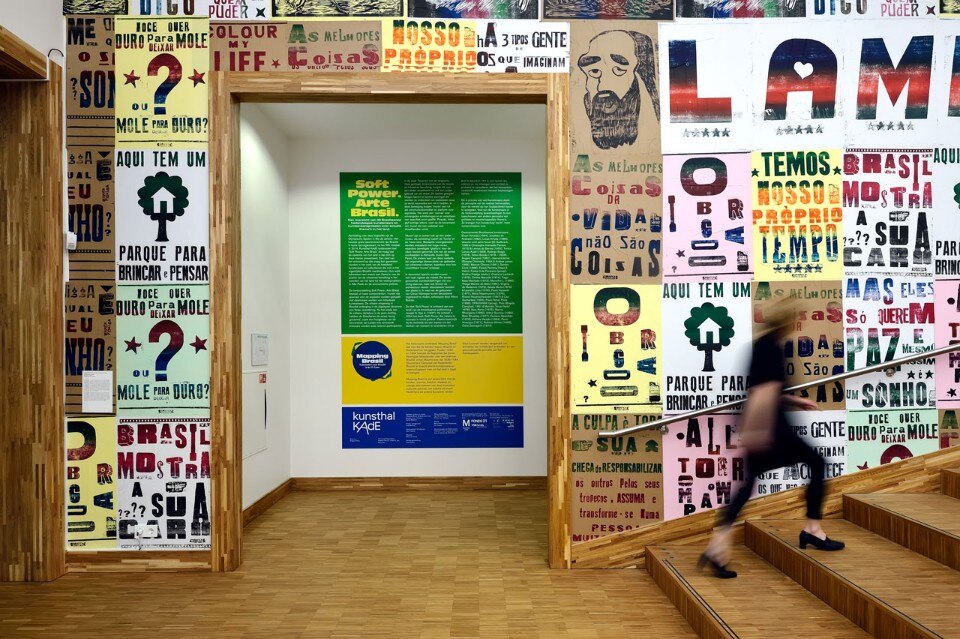
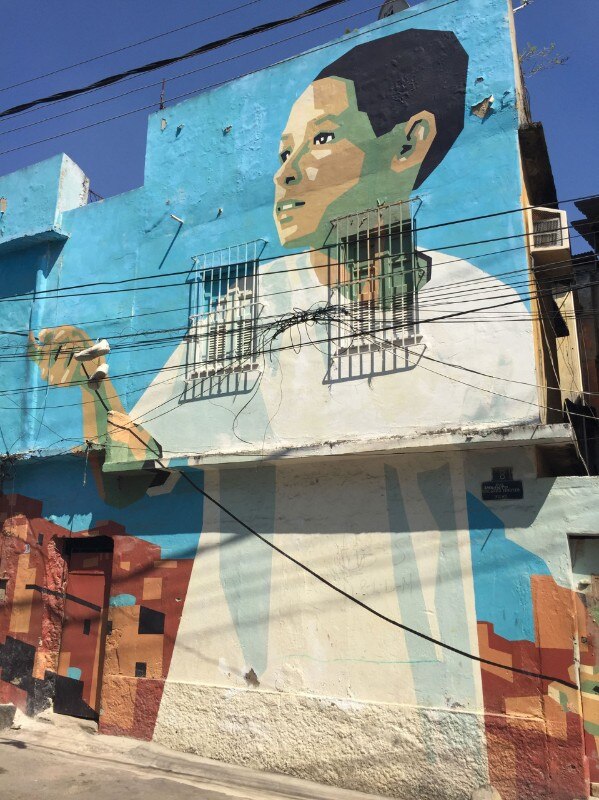
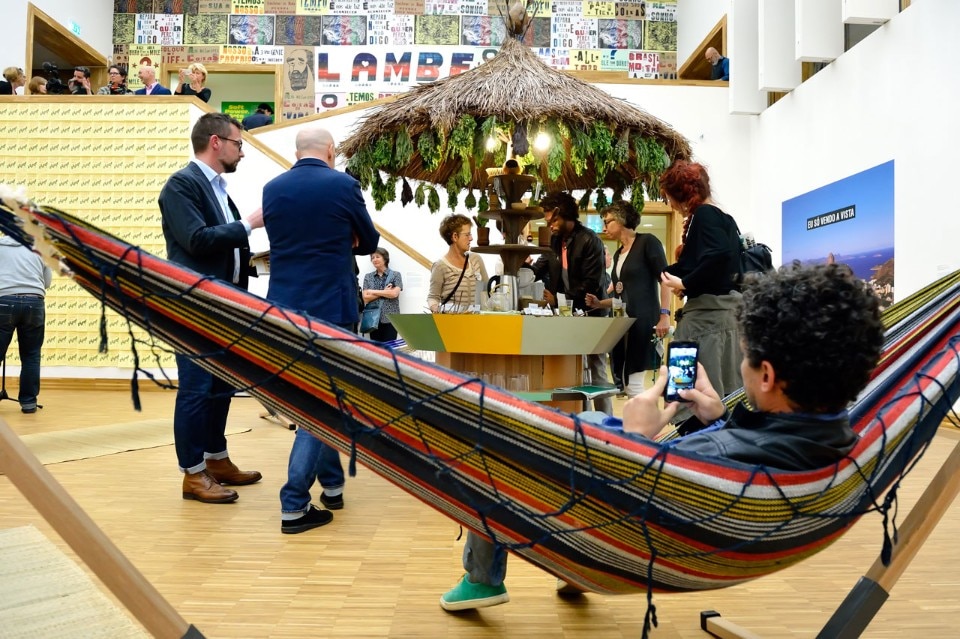
The theme of protest is repeated in the other rooms and, in the case of Frente 3 de Fevereiro, examines police racism and violence. The work of the collective is presented in a video, but the actions are rooted in the public space. Their slogans (“Where are the blacks?”, “Save black Brazil”) appear in fact on huge flags shown at the stadium, a theatre of forceful social confrontation.
Even throughout the rest of the exhibition, the use of the language of activism can be noted both in the abundance of collectives and of manifests: those by Grafica Fidalga, made with traditional printing techniques, cover the entire wall next to the entrance, while others of a more minimalist, digital design by Poro, another group on the borderline between artistic and public communication, can be found in the corridors which flank the main hall. Both series range from the political to the poetical and are based on the slogan (“More love please”, “Cooking is a revolutionary act”), but there is no lack of more or less abstract forms of decoration elsewhere.
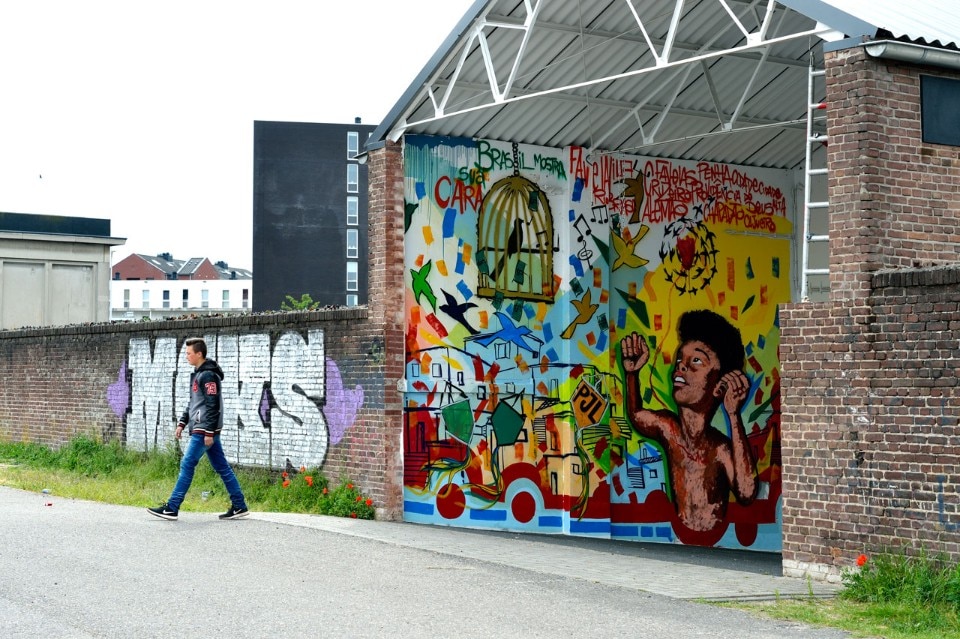
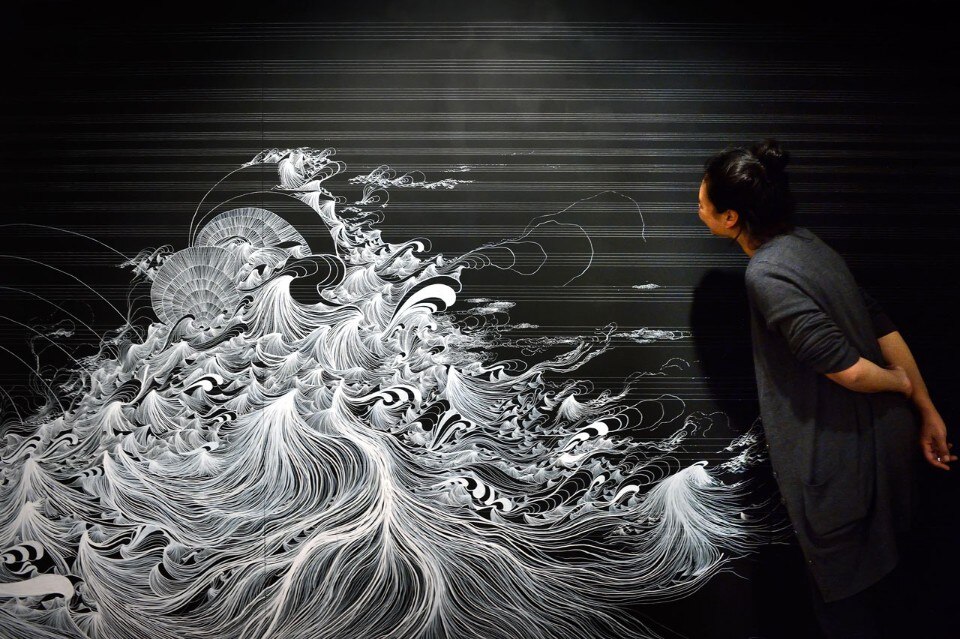
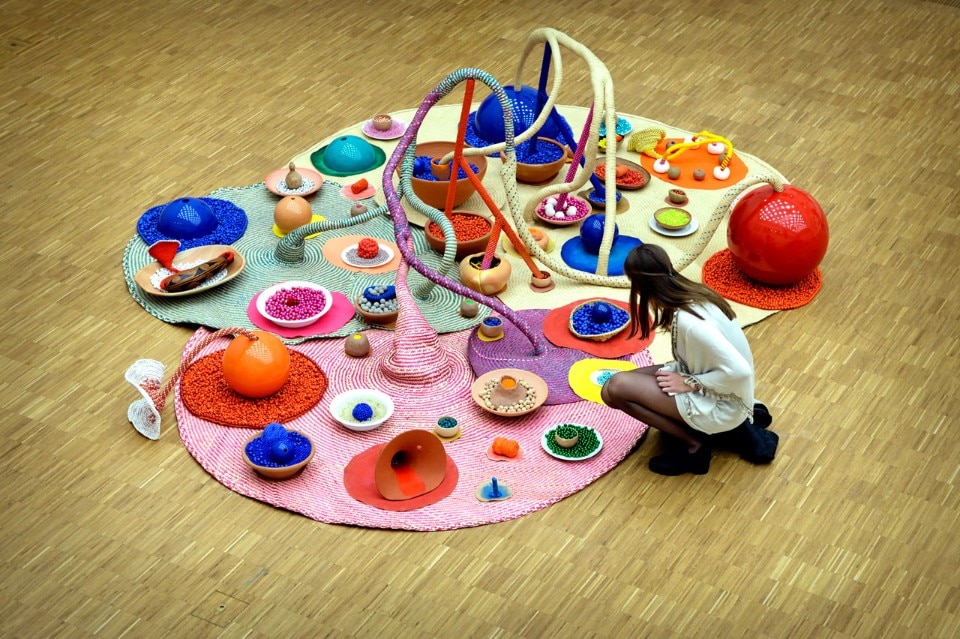
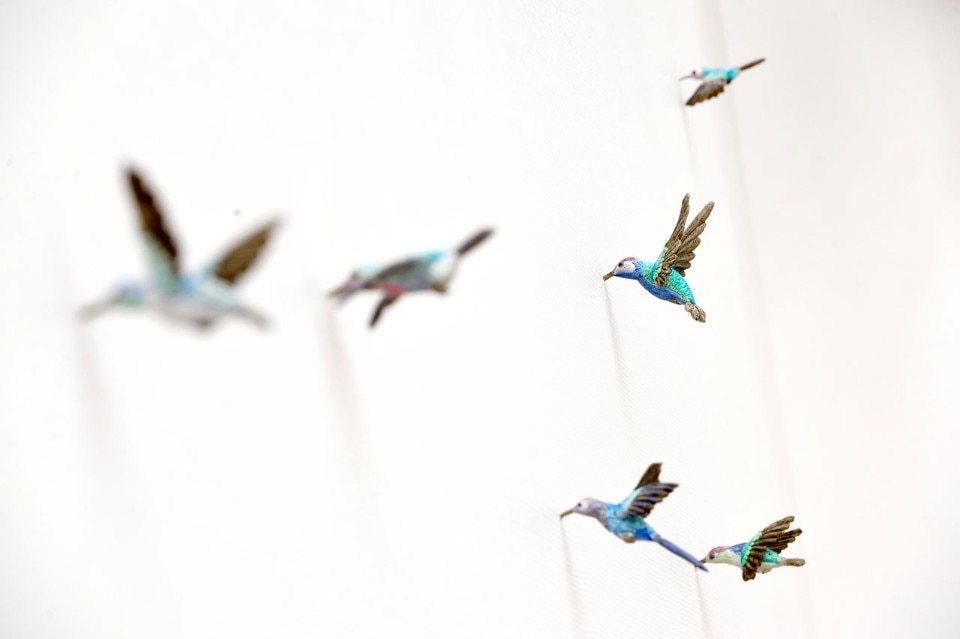
until 28 August 2016
Soft Power
Kunsthal KADE
Eemplein 77, Amersfoort


